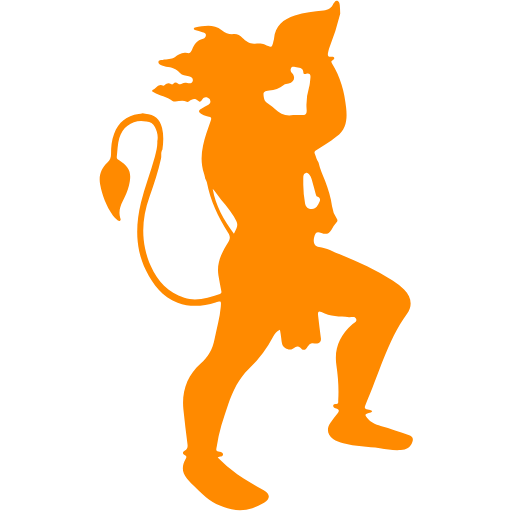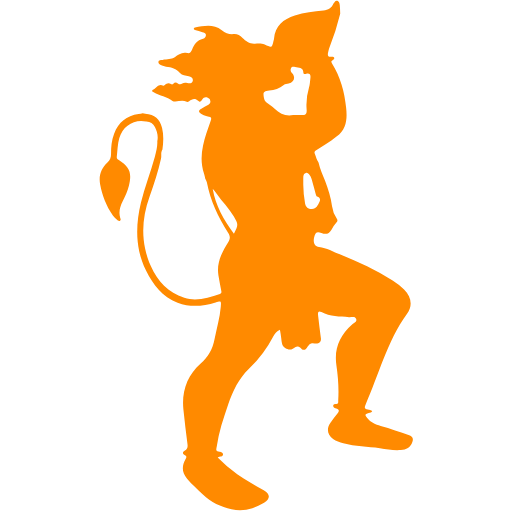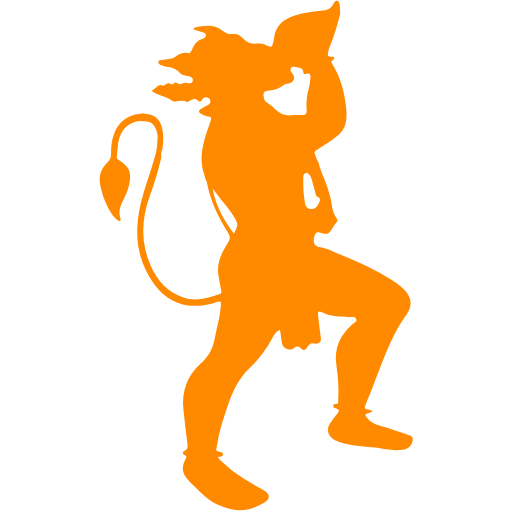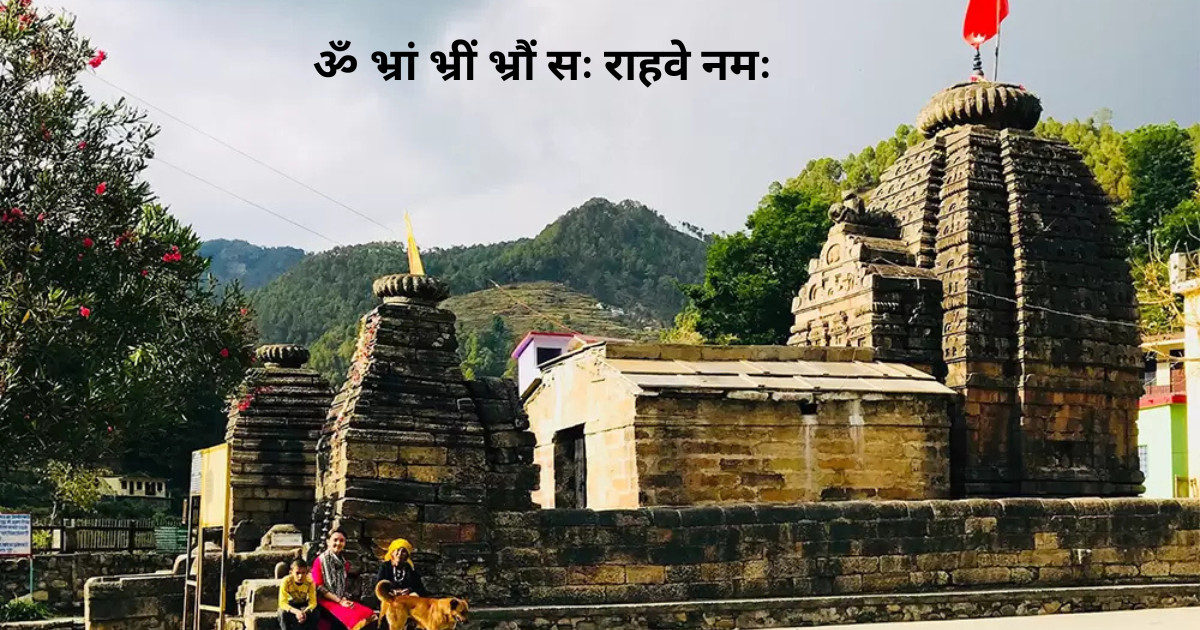soul vs mind vs body 7 clear truths from sanatan wisdom

Soul vs mind vs body explained through Sanatan Dharma. Discover 7 clear truths about your real identity and the connection between atman, manas, and sharir.
🌟 Soul vs Mind vs Body: 7 Clear Truths from Sanatan Wisdom
Soul vs mind vs body — this isn’t just a philosophical debate. It’s a spiritual truth that holds the key to liberation, peace, and self-awareness.
In today’s world, most people think:
-
"I am this body."
-
"I am what I feel or think."
-
"I am my name, profession, relationships."
But Sanatan Dharma lovingly reminds us:
"You are not your body, nor your mind. You are the eternal Atman — pure, divine consciousness."
Let’s explore 7 life-changing truths that reveal the difference between soul, mind, and body, and how knowing this can help you live with clarity, detachment, and joy.
🧠 Truth 1 – The Body (Sharir) Is Your Temporary Vehicle
Your body is made up of the five elements — earth, water, fire, air, and space (pancha mahabhootas). It is born, grows, ages, and eventually dies.
But you, the real you, remain unchanged.
The Taittiriya Upanishad calls the body the Annamaya Kosha — the outermost sheath made of food. It is sustained by what you eat and drink, and just like a house, it is meant to host the soul, not define it.
🧘 Analogy: Body as a Vehicle
-
Just like you drive a car, but you’re not the car…
-
The soul drives the body, but it is not the body.
The Bhagavad Gita (2.13) teaches:
“Just as the soul passes through childhood, youth, and old age in this body, so also it passes into another body at death. The wise are not deluded by this.”
💡 Truth: The body is sacred — but temporary. Taking care of it is dharma, but identifying with it causes suffering.
🧘♂️ Truth 2 – The Mind (Manas) Is the Processing Tool
Your mind is where thoughts, desires, emotions, and imaginations arise. It’s subtle, fast, and restless — a double-edged sword.
Sanatan Dharma explains that the mind is not the master — it is a tool.
It is part of the Manomaya Kosha, and should be used with awareness, not followed blindly.
🌊 Why Mind Is Not the Soul
-
The mind changes constantly
-
It reacts, gets emotional, and creates inner noise
-
It gets influenced by the senses and ego
Yet, you can observe your mind, right?
You can say, “My mind is distracted today” or “I’m overthinking.”
This proves: You are not the mind — you are the observer.
“The mind is a wonderful servant, but a dangerous master.”
💡 Truth: The mind should be purified and trained, not followed. You are not your thoughts — you are the one witnessing them.
🕯️ Truth 3 – The Soul (Atman) Is the Eternal Witness
So, what is the soul?
The Atman, as described in Upanishads and the Bhagavad Gita, is:
-
Eternal
-
Unborn
-
Unchanging
-
Divine
“The soul is neither born, nor does it ever die; nor having once existed, does it cease to be.”
– Bhagavad Gita 2.20
The soul is the pure consciousness that illuminates both body and mind — much like a bulb lights up a room, but is separate from the objects inside it.
🌞 The Soul Is Always Aware, Always Present
-
When you sleep, your body rests, your mind dreams…
-
But something remains aware even in deep sleep — that’s the soul.
This eternal awareness is your true Self.
It doesn’t desire, react, or fluctuate — it simply is.
💡 Truth: The soul doesn’t think, feel, or act — it witnesses. It is the unmoving center of your being.
🔁 Truth 4 – The Three Are Connected But Not the Same
Now that we’ve seen the individual roles of body, mind, and soul — let’s understand how they interact.
Sanatan Dharma offers a powerful analogy in the Katha Upanishad:
“Know the Self as the lord of the chariot, the body as the chariot, the intellect as the charioteer, the mind as the reins, and the senses as the horses.”
🛕 Spiritual Anatomy Explained:
-
Soul (Atman) – Passenger
-
Intellect (Buddhi) – Driver
-
Mind (Manas) – Reins
-
Body/Senses (Sharir) – Horses
When the driver (intellect) listens to the soul, and controls the mind, the horses run smoothly. But if the reins (mind) are loose, and senses run wild, the chariot crashes.
💡 Truth: A balanced life comes from alignment — when the body, mind, and intellect are guided by the wisdom of the soul.
👉 In the next section, we’ll explore:
-
🌌 How ego blocks the soul’s light
-
🧘 The 5 layers (pancha kosha) that cover the soul
-
✨ How to realize the Self and live from soul-consciousness
-
🙏 A conclusion to guide your daily spiritual journey
🌌 Truth 5 – Ego Is the False Identity of Mind with Body
The ego (ahamkara) is not your soul — it is the illusion of identity that arises when the mind clings to the body and says, “This is me.”
It is the false voice that says:
-
“I am my job.”
-
“I am this face.”
-
“I am better than others.”
-
“I am what others think of me.”
The Bhagavad Gita warns:
“He who sees the Self in all beings and all beings in the Self, never loses the Self.”
⚠️ How Ego Blocks Soul Awareness
When the ego dominates:
-
The mind becomes reactive, defensive, or arrogant
-
The body is used for indulgence, not service
-
The soul’s voice becomes faint — covered by pride and attachment
To burn ego, Sanatan Dharma teaches:
-
Seva (selfless service)
-
Japa (mantra chanting)
-
Dhyana (meditation)
-
Satsang (company of truth)
💡 Truth: Ego is the veil, not the villain. When you see it, question it, and go beyond it — the soul shines through.
🧘 Truth 6 – Pancha Kosha: The 5 Sheaths Covering the Soul
To fully understand the soul vs mind vs body structure, we must know the Pancha Kosha theory — the five layers that cover your true Self.
🪔 The Five Koshas (Sheaths):
-
Annamaya Kosha – Physical body made of food
-
Pranamaya Kosha – Life force or energy sheath
-
Manomaya Kosha – Mind and emotion layer
-
Vijnanamaya Kosha – Intellect, reason, and discernment
-
Anandamaya Kosha – Bliss sheath, closest to the Atman
🌀 Journey from Outer to Inner:
When you meditate or engage in spiritual practice, you move:
-
From body → to breath
-
From breath → to mind
-
From mind → to pure intellect
-
And finally… into soul-awareness (Self-realization)
💡 Truth: The soul is always present. You don’t find it — you remove the layers that hide it.
✨ Truth 7 – Self-Realization Comes from Knowing the Soul
Now that you know the difference between soul, mind, and body — what’s next?
Self-realization — the moment you realize:
“I am not the body. I am not the mind. I am the Atman — eternal, pure, and free.”
This realization is not intellectual — it is experiential.
It comes through consistent practice of:
-
Jnana Yoga – Self-inquiry (“Who am I?”)
-
Bhakti Yoga – Devotion to God
-
Dhyana Yoga – Silent meditation
-
Karma Yoga – Action without attachment
The Upanishads say:
“Yato vacho nivartante, aprapya manasa saha”
“That from which words return, along with the mind — That is the Self.”
When you reach the soul, all seeking ends. You become anchored in peace, no longer disturbed by gain or loss, praise or blame.
💡 Truth: Self-realization is not escaping the world — it is living in the world with the awareness of your true Self.
🙏 Conclusion – You Are the Soul, Not the Roles You Play
Let’s summarize the real difference between soul, mind, and body:
| Aspect | Role | Nature |
|---|---|---|
| Body | Vehicle | Temporary, perishable |
| Mind | Tool | Fluctuating, emotional |
| Soul | Self | Eternal, silent witness |
You are not what you see in the mirror.
You are not the voice of anxiety or emotion.
You are the Atman — the one who sees, who hears, who knows.
Once you live from this awareness, your entire life changes:
-
You respond with peace
-
You detach from outcomes
-
You radiate compassion
-
You walk the path of Moksha (liberation)
“You are not a drop in the ocean. You are the ocean in a drop.”
🌿 Ready to live from your soul, not your ego?
📿 Begin your day with silence. Observe your mind. Feel your breath. And anchor yourself in the awareness:
🕉️ “I am the eternal Self — untouched, unbound, unborn.”
📖 Explore more timeless wisdom on the Atman, karma, dharma, and Self-realization at SanatanYug.com
Your journey from mind to soul begins now. 🕉️
❓ FAQs – Soul vs Mind vs Body
1. What is the difference between soul and mind?
The mind thinks, feels, and reacts. The soul is the silent observer of all thoughts and emotions. Mind is temporary; soul is eternal.
2. How is the body connected to the soul?
The body is a temporary vehicle the soul uses to fulfill its karma. It perishes, but the soul moves on.
3. Can the mind realize the soul?
No. The mind can’t grasp the soul, but it can be purified and stilled so that the soul is revealed.
4. What blocks the soul from being experienced?
Ego, attachment, fear, desires, and ignorance — all block soul-awareness. Regular sadhana (practice) clears these obstacles.
5. How can I realize I am the soul?
Through meditation, Self-inquiry (“Who am I?”), devotion, and scripture study — guided by Guru and grace, you realize your true Self.








